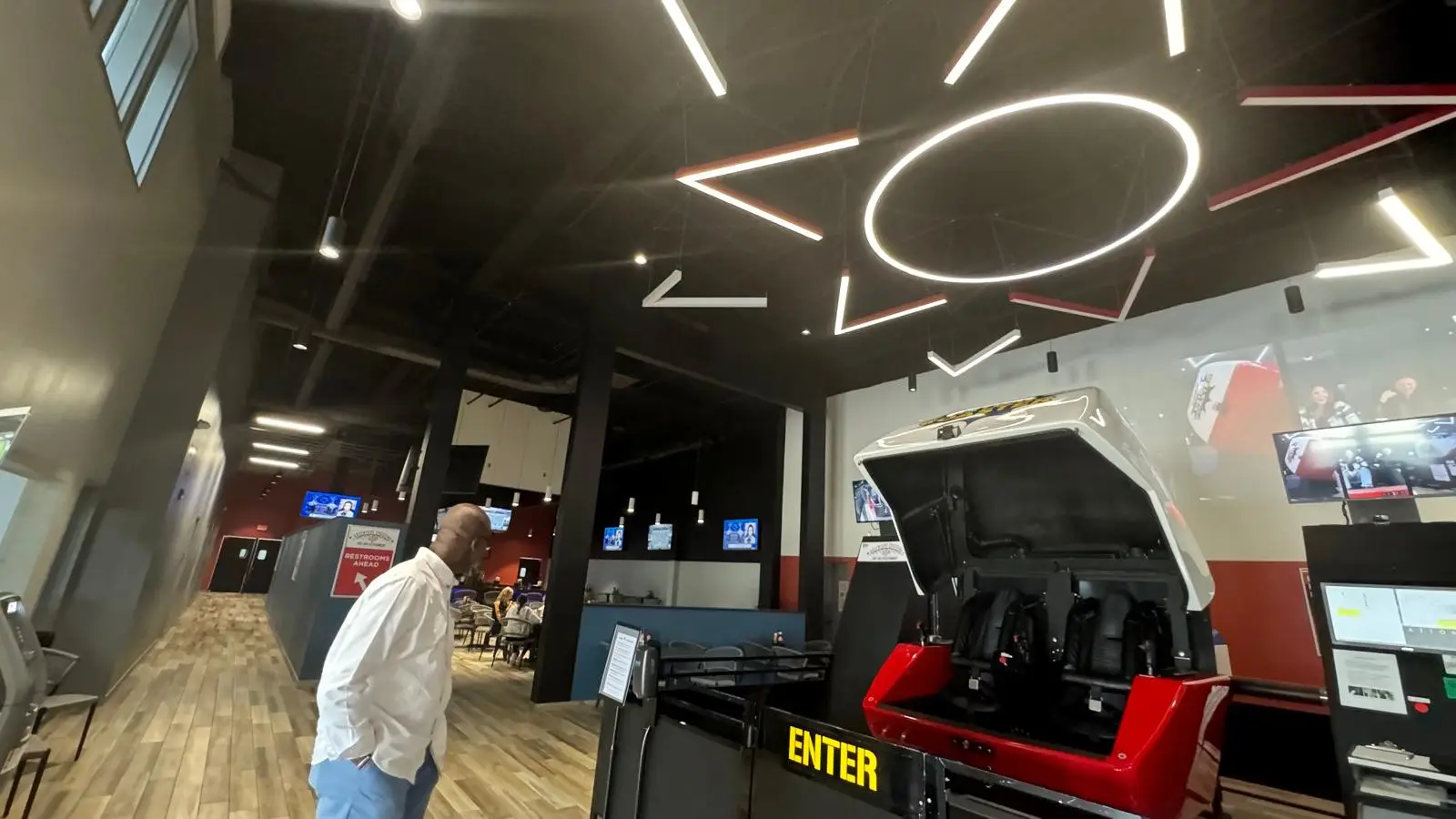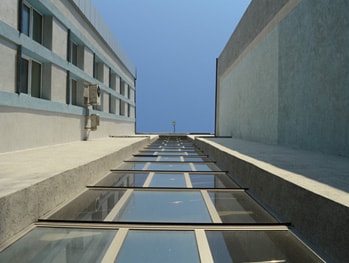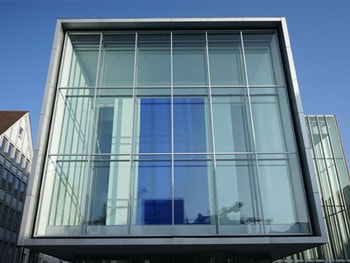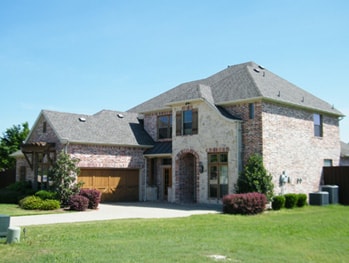15 Common Mistakes to Avoid When Installing PoE Lighting
Installing Power over Ethernet (PoE) lighting can significantly enhance your space with energy efficiency and smart control. However, many homeowners and electricians make frequent mistakes during installation that can lead to poor performance or even safety hazards. In this article, we’ll explore the common pitfalls and how you can avoid them, ensuring a smooth and successful setup for your PoE lighting system.
1. Neglecting Proper Planning and Design
One of the first, and most critical, mistakes made when installing PoE lighting is neglecting proper planning and design. Many might think they can wing it, but in truth, a well-thought-out plan is essential for ensuring that your lighting will meet your needs. You need to consider the layout of your space, how much light each area requires, and have a clear understanding of the products you intend to use. A detailed design not only helps in efficient lighting placement but also mitigates potential issues related to power load and device compatibility.
Moreover, planning also opens the door for evaluating the best placement for your PoE devices, which can significantly affect the overall performance of your lighting system. Understand the function of each area and tailor your lighting accordingly. Failing to do this often leads to mismatched fixtures, dark corners, and areas that are over-illuminated. Be sure to chew on these factors before starting your installation process, as having the right blueprint can save you time and money in the long run.
2. Choosing the Wrong Cable Types
Choosing the right cable types is paramount when it comes to PoE lighting installations. Many people opt for standard Ethernet cables without realizing that not all cables are created equal. For instance, using a Category 5 (Cat 5) cable might be tempting due to its lower cost, but Cat 6 or Cat 6a cables offer better performance and can handle higher power requirements. This difference will have a significant effect on the overall reliability and efficiency of your lighting system.
Additionally, the length of the cable matters as well. Remember that Ethernet cables have limitations in length—over 100 meters, and you could start to experience loss in power and signal quality. Not accounting for this can lead to frustrating issues down the line. Therefore, investing in the right quality cables and understanding their limitations will go a long way in ensuring that your PoE lighting functions smoothly and effectively.
3. Ignoring Power Budget Calculations
Another common mistake in PoE lighting installation is ignoring power budget calculations. Each device you plan to install will require a certain amount of power, and failing to adequately calculate the total load can lead to outages or underperformance. A reliable PoE switch has a power budget, and exceeding this limit can cause your entire system to malfunction. To avoid such pitfalls, it is essential to tally the wattage requirements of every device and ensure they fit within the power limitations of your switch.
Furthermore, this budgeting exercise not only involves adding up the power needs but also considering future scalability. If you envision adding more lights or devices later, you might want to budget for additional power capacity upfront. By being proactive in your calculations, you can prevent headaches later on and enjoy a seamless lighting experience.
4. Overlooking Heat Dissipation Needs
In the world of PoE lighting, overlooking heat dissipation needs can be a costly mistake. When electrical devices are in operation, they generate heat, which, if not accounted for, can lead to reduced efficiency, premature failure, and in some cases, fire hazards. Understanding how your devices manage heat will help you position them correctly and ensure that they remain within safe operating temperatures.
For instance, ensure that your installation allows for ample airflow around devices. If fixtures are placed too closely together, they may overheat, leading to decreased lighting output or even damage. Additionally, it’s wise to check the specifications of each device for guidance on heat management. By prioritizing proper heat dissipation, you extend the lifespan of your devices and maximize their performance, creating a safe and efficient lighting environment.
5. Improper Device Placement
A crucial factor that can make or break your PoE lighting system is proper device placement. Many people underestimate how vital this is and might find themselves in dimly lit rooms or with spots of unnecessary glare. Consider how high you want to mount your fixtures and evaluate the overall layout. Strategic placement ensures spaces are well-lit while minimizing shadows and blind spots.
Moreover, think about the usage of each area you are illuminating. For instance, task lighting in workspaces or kitchens will require different placements than ambient lighting in a living room. Understanding these nuances can make a significant difference to the effectiveness of your PoE lighting. Always map out the intended use of spaces, keeping reception points and visibility in mind to enhance the overall atmosphere of your home.
6. Failing to Test Network Bandwidth
Overlooking to test your network bandwidth can lead to disaster when installing PoE lighting. Your lighting devices rely on a stable network connection, and if your bandwidth is insufficient, you’ll likely face connectivity issues. Each PoE device draws from your network, and if it’s overloaded, performance will suffer, resulting in flickering lights or complete outages. Regular bandwidth testing is essential, especially in a smart home where multiple devices compete for the same resources.
For this reason, it’s wise to invest in quality networking equipment and verify that your internet speed can accommodate the demands of your PoE setup. This proactive measure will not only lead to better performance but also eliminate connectivity issues in the future. Taking the time to perform these tests helps ensure that your PoE lighting remains functional and reliable, thus enhancing your overall user experience.
7. Using Insufficiently Rated Equipment
When it comes to PoE lighting installation, using insufficiently rated equipment is a serious mistake that should not be ignored. Many might think that any available device will do, but this is far from the truth. Every lighting fixture has specific power and compatibility ratings. Falling short in these areas can lead to underperformance, and even worse, equipment failure. This is particularly crucial with PoE switches and injectors, as low-rated devices may not provide the necessary power to all connected devices.
Investing in properly rated equipment is equally important for the installation environment. For example, outdoor fixtures must be rated for damp or wet conditions, while indoor devices should meet residential standards. This will not only ensure correct operations but also safeguard against potential issues down the road. Therefore, double-check each component’s ratings against your requirements before making any purchases to secure a long-lasting and robust PoE lighting system.
8. Skipping the Documentation Review
A common yet easily avoided mistake is skipping the documentation review prior to installation. Every lighting fixture, PoE switch, or device comes with manuals that provide critical information on installation, power requirements, and operational guidelines. Dismissing this material can lead to errors that could have been easily avoided with a thorough read-through. In some cases, it might even void warranties or lead to unsafe installation practices.
Taking just a few minutes to consult user manuals or specification sheets can save you significant headaches later. Understand the required configuration for each device and follow instructions carefully. Ignoring these guidelines may not only cost you money but can also compromise safety. Always make documentation your first point of reference to foster a successful installation and operation process.
9. Not Consulting with Professionals
Not consulting with professionals when tackling PoE lighting installations is a frequent pitfall that homeowners might experience. While DIY installations can be rewarding, they can also lead to mistakes that result in poor performance or safety concerns. A professional understands the nuances of PoE systems, ensures compliance with local codes, and is equipped to handle challenges that may arise unexpectedly during installation.
If you’re new to PoE lighting, it’s wise to seek expertise from professionals. Their knowledge can provide valuable insights to help you avoid unnecessary mistakes. They can also guide you in choosing the right components, providing a customized plan that fits your space and lighting needs. This investment can ultimately save you both time and money while delivering optimal results for your PoE lighting system.
10. Ignoring Local Electrical Codes
Ignoring local electrical codes during your PoE lighting installation can lead to significant problems. Local codes exist to ensure safety and adherence to standards set forth by authorities. Moreover, failing to comply can result in penalties, and you may be required to redo the installation. A comprehensive understanding of local codes will guide you in selecting appropriate materials and installation methods while ensuring your home is safe.
Familiarizing yourself with local electrical regulations is paramount before engaging in your installation. This may involve reaching out to your local building department, reviewing code manuals, or even hiring a professional who’s well-versed in the necessary requirements. Making this effort will not only protect your investment but will ultimately give you peace of mind that your PoE lighting setup is compliant and safe.
11. Failing to Plan for Scalability
When planning your PoE lighting installation, failing to consider scalability is a mistake that could have lasting ramifications. Many individuals install lighting without thinking about their future lighting needs, which can lead to complex reconfigurations or additional costs later down the line. You might find that, as your lifestyle changes or as technology evolves, you want to incorporate additional lights or smart devices.
To prevent this from happening, consider how your lighting setup will evolve. This means choosing compatible fixtures and switches that can accommodate future expansions. Additionally, think about leaving extra capacity in your PoE switch to anticipate growth. Planning for scalability not only saves you from potential headaches but also allows your system to adapt as your needs change, offering you long-term benefits.
12. Using Incompatible Devices
Using incompatible devices is another common mistake that individuals encounter during PoE lighting setup. As PoE technology evolves, not all devices are designed to work seamlessly together. Investing in devices that do not share the same standards can lead to frustrating connectivity issues, such as intermittent signals or total failure of your lighting system. Always check the compatibility of each component with your overall system to ensure successful operations.
Furthermore, consider the protocols each device utilizes—some may rely on different communication standards, leading to inefficiency. Always cross-reference specifications before making a purchase. To avoid compatibility nightmares, consulting with a professional can be immensely helpful in selecting suitable devices that will function harmoniously within your PoE system.
13. Neglecting Software Compatibility
Neglecting software compatibility is another significant pitfall many make during PoE lighting installations. It’s easy to focus solely on hardware but the software that controls your lighting system is just as important. Various PoE devices come with unique software requirements, and overlooking this can result in major issues when linking devices to your network. Ensure that any smart controls, apps, or management software you intend to use is compatible with your PoE lighting for optimal performance.
Additionally, staying updated with firmware revisions and compatibility is paramount. New updates often come with bug fixes, security enhancements, and improved functionality, thus ensuring that your devices continue to operate smoothly. By paying attention to software requirements, you maximize the efficiency of your system and enjoy seamless integration throughout your home.
14. Disregarding Security Risks
Disregarding security risks when setting up your PoE lighting is an often-overlooked mistake. As with any connected technology, PoE lighting systems can be vulnerable to cyber threats if proper security measures are not implemented. It is crucial to strengthen your network with robust security protocols to protect against unauthorized access. This could involve using strong passwords or encryption and ensuring that your lighting firmware is consistently updated.
Furthermore, consider the network segmentation approach. By keeping lighting devices on a separate network, you can minimize exposure and potential risks. This mitigates the impact of any possible breaches and provides an added layer of security for both your PoE lighting and other devices connected to your network. Always prioritize security to ensure your home remains a safe haven in today’s digital age.
15. Overloading Your Network
Lastly, overloading your network is a critical mistake when installing PoE lighting systems. The sheer number of devices on your network can cause congestion, ultimately leading to performance issues. Each PoE device competes for limited bandwidth; if your router can’t handle the traffic, you risk slow response times, flickering, or diminished light output. It’s wise to assess your existing network capacity before integrating new PoE devices.
Taking the time to evaluate your network’s capability will not only ensure a smooth installation of your PoE system but also provide a better overall experience. If necessary, upgrading router capability or investing in a better network switch may be ideal solutions to maximize your system’s efficiency. With a well-planned network, you can avoid the headache of performance issues and enjoy the benefits that a smart lighting system can offer.

 Previous Post
Previous Post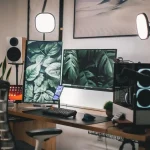 Next Post
Next Post